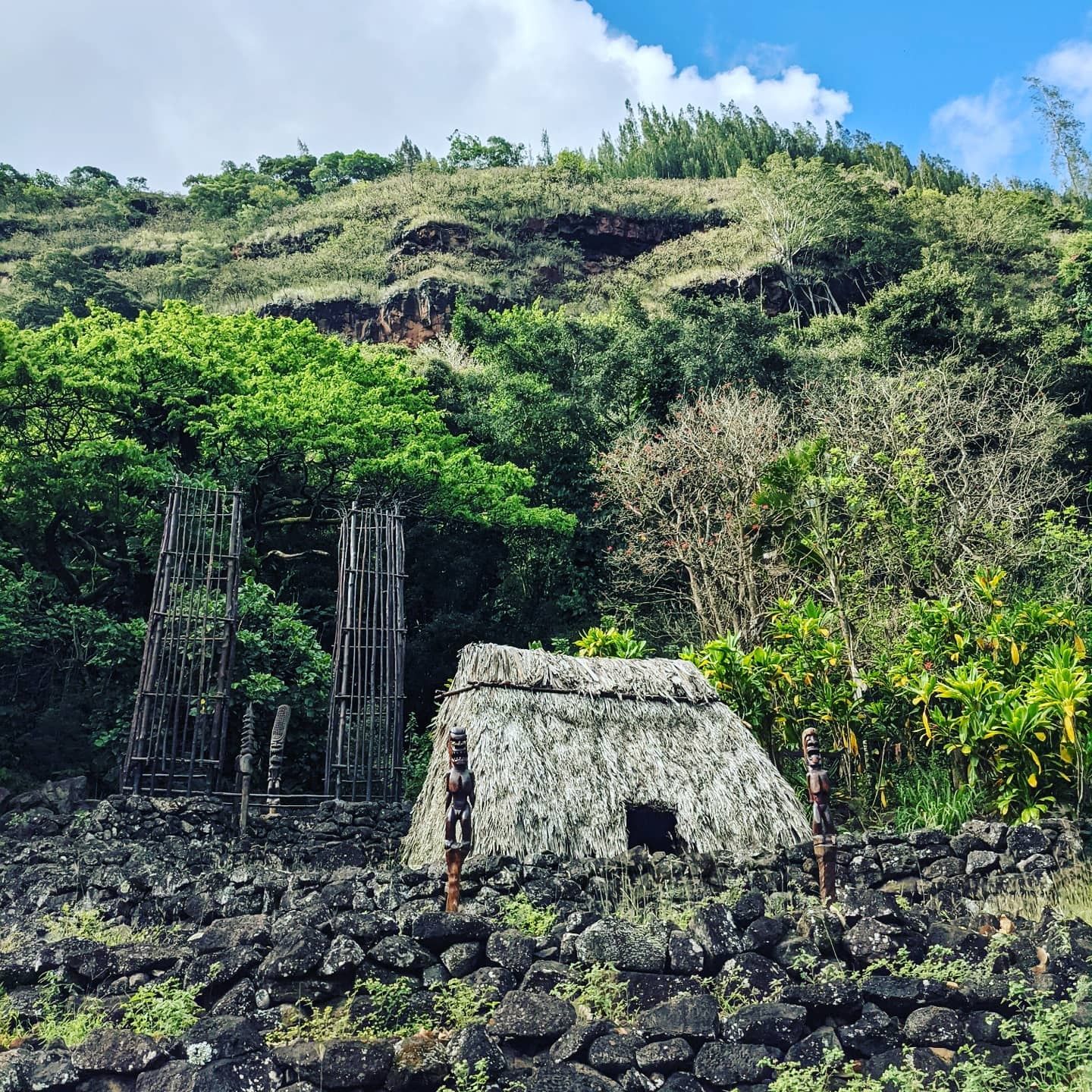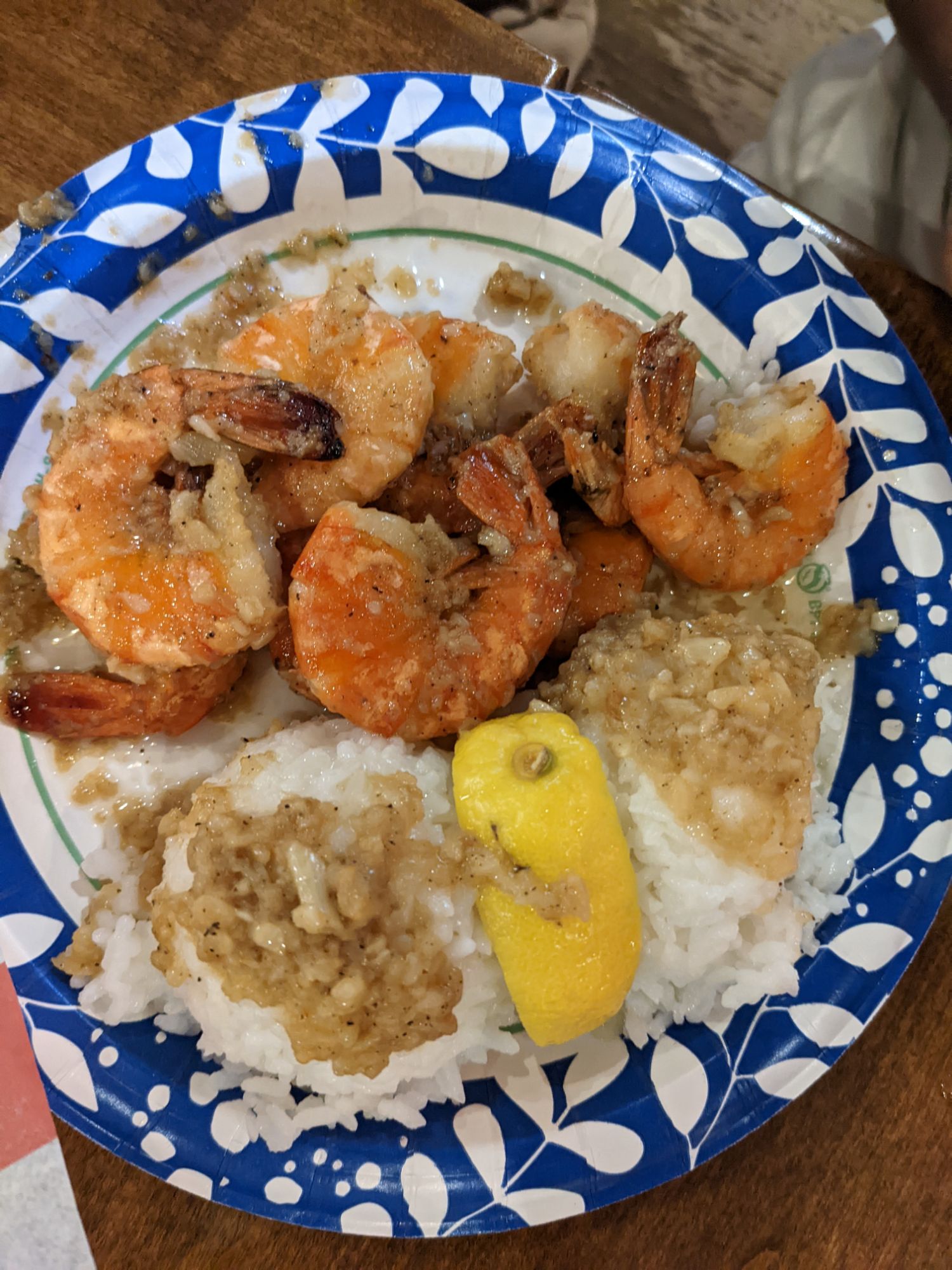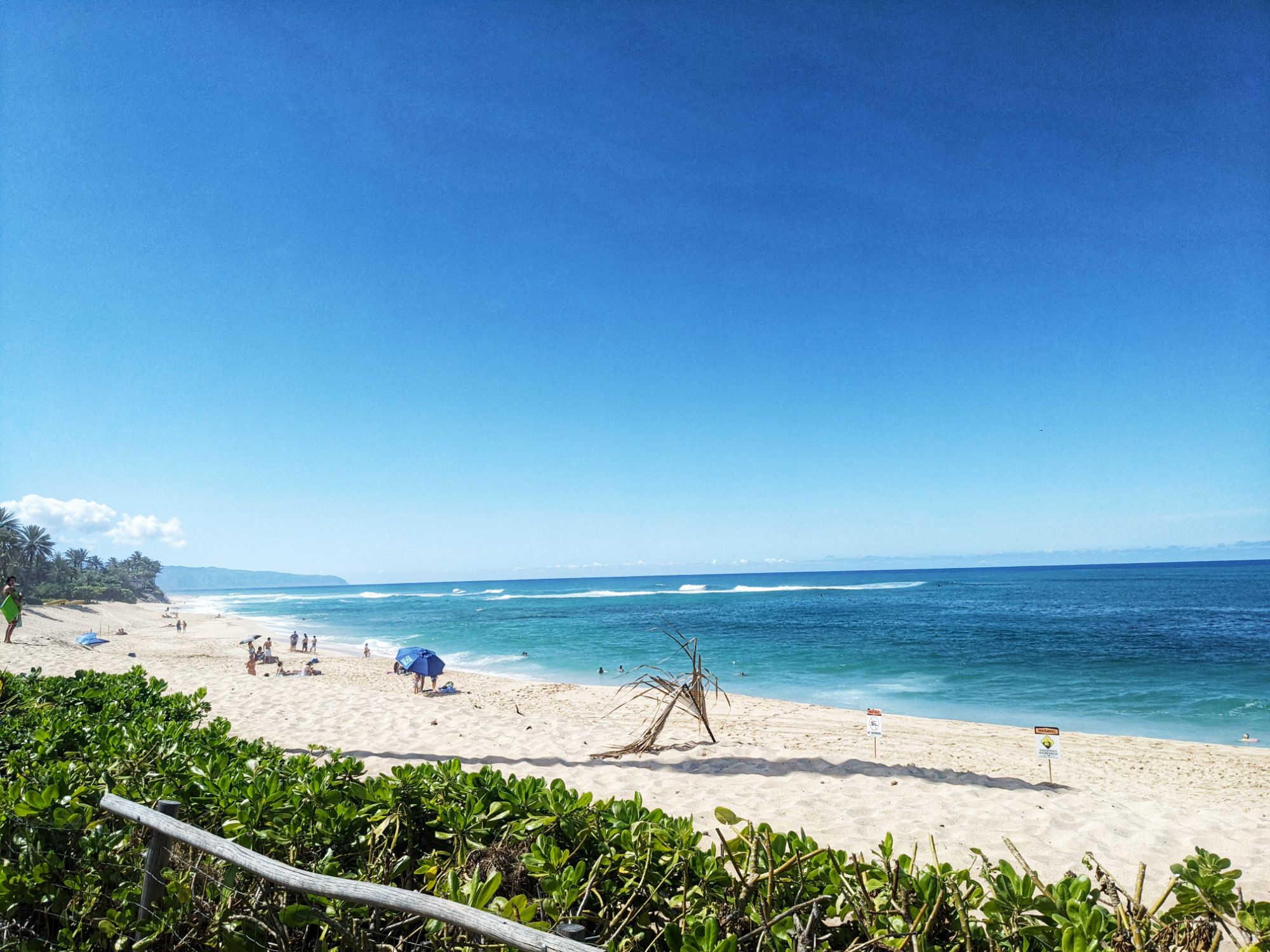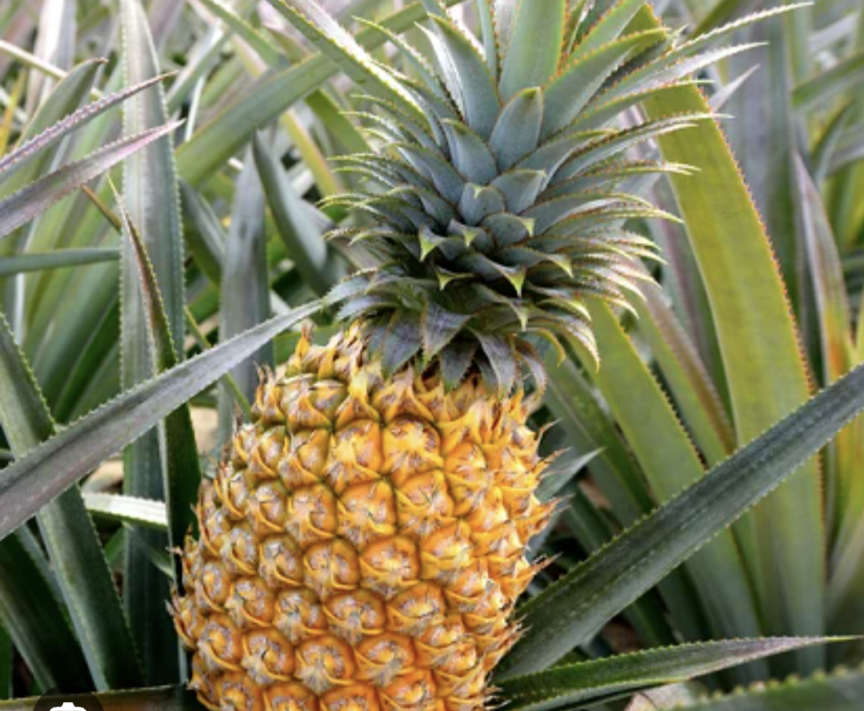When I start feeling hungry, ramen often comes to mind. Stepping into a ramen shop, the aroma of ramen fills the air, raising your expectations. Once I start eating, the entire meal becomes a moment of bliss. In the United States, particularly in Hawaii, ramen has evolved from a passing trend to a staple of food culture, offering the same high-quality taste as in Japan.
If you want to enjoy something truly delicious, we’ve rethought “what makes good ramen” from scratch to help you choose the best ramen shops. With that in mind, I’d like to introduce some of my favorite ramen spots in Hawaii to make it easier for you to find and enjoy great ramen.
Choosing by the Flavor of the Broth
The key to delicious ramen lies in the flavor of its broth. There are a wide variety of broth types, including soy sauce, salt, tonkotsu, miso, and chicken broth, each with its own unique preparation methods depending on the restaurant. Ramen broth is made by combining a tare sauce with stock derived from animal bones, seafood, or vegetables. The combination possibilities are endless, and it can be said that there are as many variations as there are ramen shops.
Good broth takes time to prepare. Simply simmering for a day is not enough; some restaurants continue simmering their broth for several days. Ingredients used for simmering include animal products like chicken bones, pork bones, and beef bones; seafood like dried sardines, kelp, and shellfish; and various vegetables like leafy greens and root vegetables.
Some restaurants might use a pre-made broth concentrate mixed with stock to create the broth. However, this is noticeably different from the handcrafted broths that have been simmered for hours. Restaurants that use large stockpots in their kitchens to simmer a substantial amount of ingredients are likely making their broth from scratch, ensuring a delicious result. When choosing a ramen shop, it’s best to opt for those that prepare their broth this way.
Tonkotsu Ramen
The soup of tonkotsu ramen is made by boiling pork bones, ribs, and head bones over high heat for a long time. The oil and collagen from the bone marrow dissolve into the water, creating a rich, creamy, milky-white soup with a strong and flavorful taste. This soup is known for its deep richness and is widely enjoyed mainly in the Kyushu region, with Fukuoka Prefecture’s Kurume City being considered its place of origin, represented by dishes like Hakata Ramen, Kurume Ramen, and Nagahama Ramen.
Tonkotsu soup is not only limited to Kyushu’s tonkotsu ramen but is also commonly used as a base soup for other types of ramen. It is often combined with soy sauce or miso, and it’s also used in double soup with chicken broth or seafood.
Shoyu Ramen
Shoyu ramen, often said to be the first type of ramen introduced in Japan, is also known as Chuka soba or Shina soba. Essentially, it refers to ramen flavored with soy sauce. The flavor of shoyu ramen can vary significantly based not only on the type of soy sauce used but also on its richness and the duration it is cooked, leading to various derivations in ramen styles.
Traditionally, chicken or pork broth was widely used, but nowadays, many restaurants use ingredients like dried sardines, shrimp, and shellfish. Shoyu ramen tends to be relatively light and easy to eat, striking a balance between richness and palatability.
Fish-based ramen
Fish-based ramen refers to ramen made with broth from dried fish, shellfish, and other seafood. This type of broth is widely used in coastal areas. Due to its familiar taste among Japanese people, it has a rich umami flavor and a gentle, homey taste.
One particularly popular type that has been increasing in recent years is niboshi ramen, which uses dried sardines as its main ingredient, often called “niborā.” This style emphasizes the strong flavor of dried sardines, resulting in a thick and rich broth that has become so famous that “niborā” has become a common term. In recent years, there has been a significant increase in the variety of flavors, including lighter options and combinations with animal-based broths.
Salt ramen
Salt ramen is a type of ramen that uses a straightforward salt seasoning soup. It stands out for its simple soup flavor without any added elements, allowing you to fully appreciate the essence of the soup. This style is preferred by those who enjoy lighter flavors rather than heavy ones.
The soup’s taste is straightforward and cannot be masked, which can be seen as both an advantage and a limitation. Quality salt ramen shops typically invest significant effort into crafting their soup, resulting in an exceptionally flavorful experience.
Miso Ramen
Miso ramen is a type of Japanese ramen that uses miso, a traditional Japanese seasoning, in its broth. While miso has been a longstanding ingredient in Japanese cuisine, early ramen recipes primarily featured soy sauce flavors, and miso-based ramen was not widely known. However, the restaurant “Aji no Sanpei” in Sapporo played a key role in developing and popularizing miso ramen starting in the 1960s, particularly in Hokkaido’s Sapporo region.
Sapporo’s miso ramen is renowned nationwide for its quality, and many chefs of famous miso ramen establishments in cities like Tokyo have trained at miso ramen shops in Sapporo.
The broth for miso soup can vary greatly, with options including blends of different miso types or roasted miso for added aroma. This variety results in a range of flavors, but the main allure of miso ramen lies in its rich and savory broth, blending the deep umami of miso with the essence of the soup.
Chicken Paitan broth
Chicken Paitan broth is created by simmering a combination of whole chicken and chicken bones over high heat for an extended period, allowing the oil and collagen from the bone marrow to dissolve into the water, resulting in a creamy, milky-white broth with a rich and robust flavor profile that highlights the savory essence of chicken without any strong animal odors often associated with pork-based broths. This style of broth has recently become a popular and well-established category within the realm of ramen.
On the other hand, Chicken Chintan broth is made by gently simmering whole chicken and chicken bones over low heat for a longer duration, resulting in a clear, delicate broth that lacks the cloudiness found in Chicken Paitan. It is perfect for those seeking a simple and pure chicken flavor experience.
TANTO GYOZA & RAMEN
A celebrated gyoza restaurant from Hamamatsu, Shizuoka, made its debut in Hawaii in April 2023! Their ramen, crafted exclusively for the Hawaii location, is known for its unique and confident flavors. Their gyoza, made fresh daily with plenty of vegetables, is juicy and bite-sized, earning high praise like “you can’t stop at just one!”
This gyoza eatery from Hamamatsu has perfected a light yet flavorful noodle dish. Soy Sauce Ramen Using a chicken broth soup made fresh daily, their homemade soy sauce blend, and enriched with pork fat for depth and sweetness, this soy sauce ramen strikes a balance of richness and lightness. Toppings include their special chashu pork, seasoned egg, bamboo shoots, and green onions, with purple onions and grated daikon radish adding extra flair. Trying it with their spicy sauce (+$1) is highly recommended for a flavor twist.

MENYA LE NOOD
Our tonkotsu broth, simmered for over 10 hours daily along with a robust seafood broth, is prepared with care and a touch of magic for enhanced deliciousness. Our signature chashu, tailored to local tastes with a sweet and savory twist, is beloved by our community. You can choose from a variety of broth options including soy sauce, tonkotsu, black tonkotsu, sesame, or vegan sesame, and customize your toppings as you like.
Delivering a refined, seafood-infused flavor reminiscent of Japanese soba noodles, our Soy Sauce Ramen (Standard) is priced at $15.50. This ramen features a clear and light soup akin to Japanese soba, carefully balanced to avoid overpowering flavors while keeping the seafood essence rich and engaging. Our chashu, cooked and simmered to perfection, offers a delightful melt-in-your-mouth experience, complemented by a soy-marinated seasoned egg with a perfectly semi-soft yolk for added texture.
RAMEN BARIO
This ramen eatery specializes in 100% pork bone soy sauce ramen, offering custom-made thick noodles that add visual impact and enhance the flavor. Originating from Tokyo’s Shinbashi district in 2010, they maintain their authentic taste in Hawaii through continuous simmering and additions to the broth by skilled artisans. With locations in Ala Moana’s food court and a recently reopened full-service branch in Waikiki, they offer signature dishes like the Rich Pork Bone and Sharp Soy Sauce Ramen, known for its thick noodles and flavorful broth. They also have the Bari-Otoko Seasoned Egg Ramen, featuring creamy soup with a delightful sweetness from back fat. Both branches provide discounts for local customers, and their dedication to quality ensures fresh and flavorful chashu pork and seasoned eggs prepared daily. They strive for culinary excellence, aiming to exceed expectations with each day’s ramen.
KAMITOKU RAMEN
It’s about a renowned beef bone ramen restaurant in Tottori Prefecture, with a 70-year history. They simmer beef bones all day and enhance the soup with homemade soy sauce dressing flown in from Tottori, resulting in a rich and flavorful soup with a unique beefy aroma.
Their limited-time menu includes a mixed ramen (Tsukemen) made without soup, featuring homemade soy sauce dressing with beef fat, minced meat, homemade bamboo shoots, onions, green onions, bean sprouts, and garlic chips mixed together. It’s flavorful, aromatic, and a delightful option for ramen lovers.
WAGAYA
The restaurant, founded in 2013 by a family, aims to create a welcoming atmosphere akin to gathering at home. It has become a favorite spot for families, known for its rich and refreshing Tokyo-style tonkotsu ramen made from pork bone soup simmered for 22 hours. One of their popular dishes is the Garlic Tsukemen, featuring a blend of organic chicken and black pork bones in the soup, enhanced with burnt garlic, juicy chashu, homemade seasoned egg, menma, choy sum, and thick noodles for a satisfying meal
RAMEN BISTRO JUNPUU
Opened in 2014 and relocated in 2016, this restaurant offers tonkotsu ramen cooked for over 12 hours and unique tomato ramen with spice levels from mild to extremely spicy. The menu also features a variety of appetizers like gyoza and salads.
Tantanmen: $15.95.This ramen features a pork bone broth mixed with homemade soy sauce, roasted almonds, sesame seeds, and peanuts, creating a rich, balanced flavor. Spicy minced pork, seasoned with a blend of spices, adds depth to the noodles.
Ask About Ramen Tour
Hello! My name is Masahito. I was born and raised in Japan, and I absolutely love Japanese ramen. As a ramen enthusiast, it brings me great joy to introduce you to the delicious ramen available in Hawaii.
If you’re looking for an amazing ramen experience in Hawaii or need a ramen guide, please feel free to contact me. Let’s enjoy Hawaii’s ramen together!










